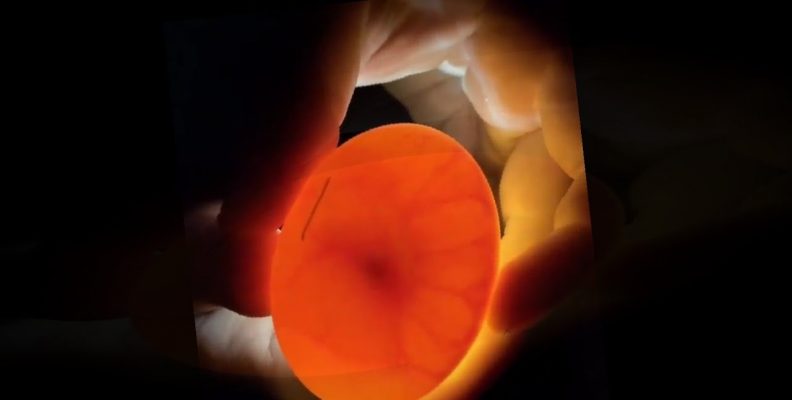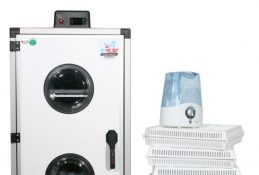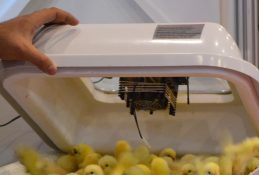How is progeny control done in incubation?
Progeny control is one of the important stages in hatching and even it is an effective step in incubator efficiency.
Progeny control is done in incubation, to remove infertile eggs from the incubator.
Because if infertile eggs remain in the incubator, they deteriorate under the influence of heat and humidity during the incubation period, and it is even possible to explode inside the machine.
However, it is not possible to notice the infertility of the eggs in advance, and you need to pay attention to some issues and provide some conditions for the control of progeny.

When is the progeny check done?
Progeny control should be done on the 7th and 14th days of the incubation period. It is possible to do it earlier, but it is difficult to notice the developing embryo. So you have to wait a week.
But the conditions that you must apply before the progeny control:
Prior to progeny control, a flashlight or a special flashlight used for progeny control is required.
The other issue is raising the space temperature up to 30 degrees before opening the hatcher door.
The temperature in the incubator cabinet is around 37 degrees, and if we open the hatcher cover, if the ambient temperature is low, there will be heat shock in the eggs and it will have a positive effect on the hatching rate.
Therefore, before starting the progeny control, the room temperature should be set at least 30 degrees above.
It is important to disinfect your hands before checking for progeny, because when you touch the eggs, if you have bacteria or viruses that cause disease on your hands, it is possible to infect all the eggs.
Our recommendation is to use latex gloves after disinfecting your hand, and the flashlight should be disinfected in the same way.
After all the conditions just mentioned are applied, it is time to see whether the eggs are fertile or not.
NOTE : The progeny check should not take more than 30 minutes and you should never put the eggs on the ground while checking the progeny.
Because if you lay the eggs on ceramic or cement coated, in short, hard floor, the temperature will drop quickly and the chicks that are about to form will perish completely.
Therefore, it is recommended to put it on a towel or a thick and clean cloth.
Before starting the progeny check, the room must be completely dark, otherwise it will be difficult or even impossible for you to notice the development of the embryo.
In the dark room, you have to open the hatch of the incubator and check the eggs one by one.
When checking the eggs, you have to hold the egg with the pointed side down and the oval side up, and the flashlight should shine light on the egg from the pointed side.
When the egg is fertile, blood vessels like spider webs are noticed and all of these vessels are connected to a single small black dot.
You have to move the eggs very carefully and calmly while checking the progeny.
Because a sudden movement or a small blow will cause these vessels to rupture and the embryo to perish.
In infertile eggs, there is no change in the egg on the 7th day, and in this case you have to remove the infertile eggs from the incubator.
Because within 7 days, extremely thin blood vessels should form. And if it is absent, the egg is infertile.
Fertility control of dark-shelled eggs:
The shells of some eggs are brown and therefore it is a little difficult to control the progeny from the 7th day.
It is recommended to wait 8-9 days to check the progeny of such eggs, or the room should be completely dark.
In fertile eggs, blood vessels are generally invisible, but when you reflect light with a flashlight, a small dot appears near the yolk of the egg.
Last word :
Progeny control is an effective factor in the efficiency of the incubator and it is recommended to be done at least twice.
In fact, it depends on the incubation period of the egg, so if it is a chicken egg, it is necessary to check the progeny on the 7th and 14th days.









Comment